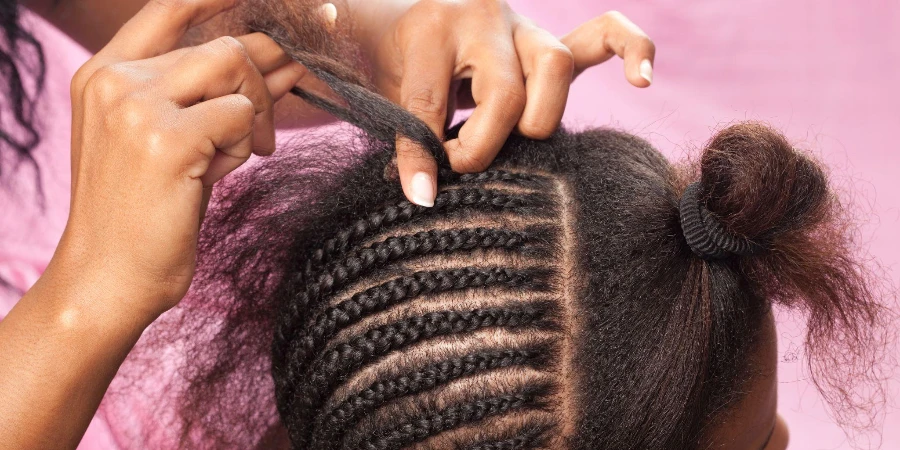Braids have woven their way through the tapestry of fashion, evolving from simple practicality to intricate style statements. This ancient technique, rich in history and versatility, has become a modern staple in the apparel industry. From accessories to clothing, braids add texture, depth, and a touch of whimsy to any ensemble. Let’s unravel the beauty and complexity of braids in today’s fashion landscape.
Table of Contents:
1. What is braid?
2. How fast is braid growing in popularity?
3. Top styles of braid
4. How to style the braid
What is braid?
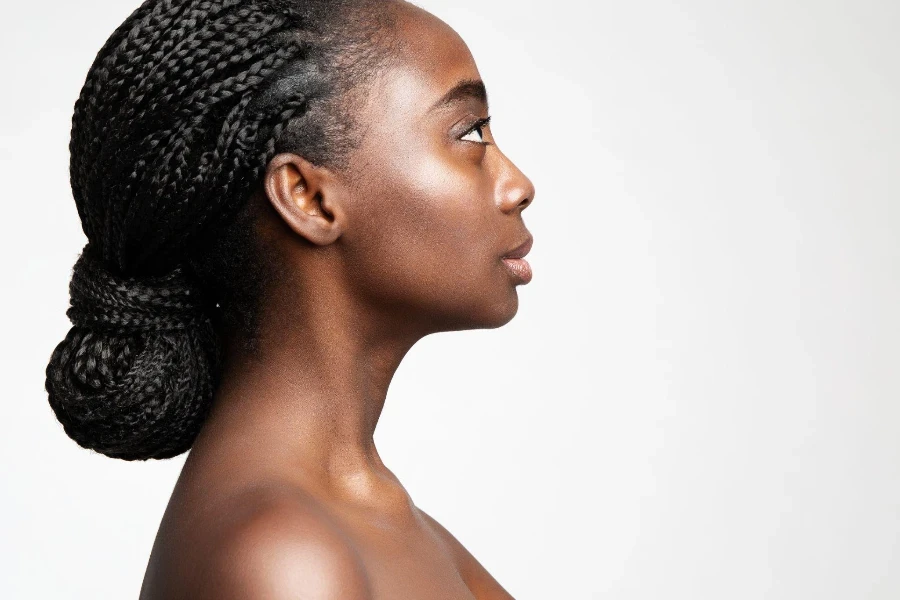
Braids, in the context of apparel, refer to a complex structure or pattern formed by intertwining three or more strands of flexible material such as textile yarns, wire, or hair. Historically, braiding served as a method for constructing fabric or for finishing garment edges. In contemporary fashion, braids have transcended their utilitarian origins, emerging as a decorative element that adds texture and visual interest to clothing and accessories. The technique varies from simple three-strand braids to intricate designs such as fishtail, French, and Dutch braids, each offering a unique aesthetic appeal.
The art of braiding is deeply rooted in cultural traditions around the world, where it has been practiced for thousands of years. In apparel, braids can be found adorning the edges of garments, as embellishments on accessories like belts and bags, or even as the fabric itself in braided rugs and baskets. The versatility of braids allows for a wide range of materials to be used, including silk, wool, cotton, and synthetic fibers, enabling designers to experiment with texture and color.
Technically, braiding involves interlacing strands in a systematic manner to create a cohesive structure. This can be achieved manually, with the help of braiding machines, or through various textile techniques such as crochet and knitting that mimic the appearance of braids. The technical aspects of braiding, such as the number of strands, the tightness of the weave, and the materials used, play a crucial role in determining the final appearance and functionality of the braid in apparel.
How fast is braid growing in popularity?
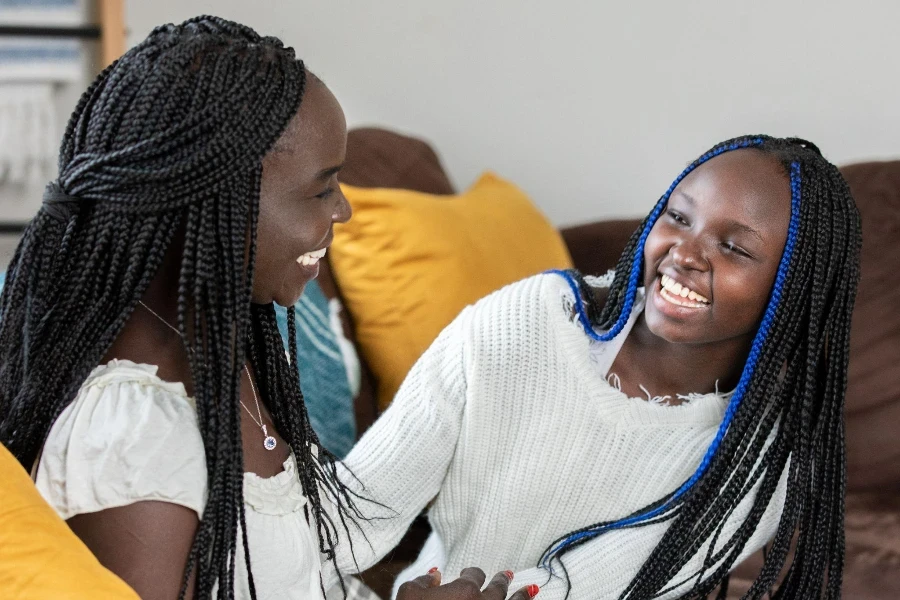
The popularity of braids in the fashion industry has seen a remarkable uptick in recent years. This resurgence can be attributed to a growing appreciation for artisanal crafts and sustainable fashion practices, where braids offer both aesthetic appeal and eco-friendly options. Social media and fashion runways have been instrumental in showcasing the versatility and beauty of braids, inspiring designers and consumers alike to incorporate braided elements into their collections and wardrobes.
The demand for braided apparel and accessories has been fueled by the bohemian and folk trends that dominate contemporary fashion. These styles celebrate the intricate craftsmanship and cultural heritage associated with braids, making them a sought-after feature in clothing, footwear, and accessories. Moreover, the rise of DIY fashion and the maker movement has encouraged individuals to explore braiding techniques, further popularizing the trend.
The fast fashion industry has also played a role in the rapid growth of braids’ popularity. With the ability to quickly adapt to and reproduce trends, fast fashion brands have introduced braided elements in their collections, making them accessible to a wider audience. However, there is a growing shift towards sustainable and ethically produced braided items, with consumers increasingly seeking out handcrafted pieces that showcase the skill and tradition behind the art of braiding.
Top styles of braid
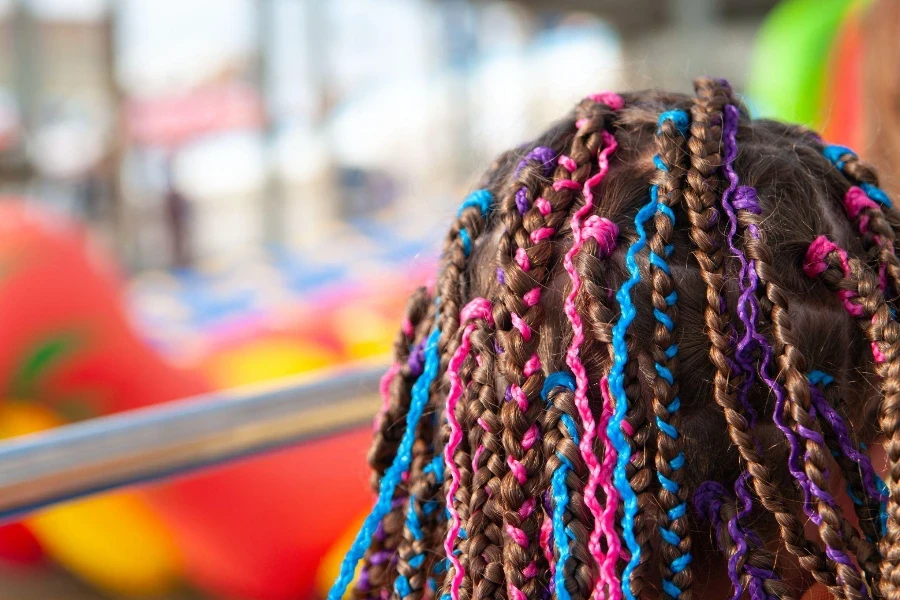
Among the myriad of braid styles, several stand out for their popularity and adaptability in fashion. The classic three-strand braid, with its simplicity and elegance, remains a favorite for embellishing garments and accessories. Its versatility allows it to be scaled up or down, making it suitable for both subtle accents and bold statement pieces.
The fishtail braid, characterized by its intricate, herringbone pattern, is another style that has gained prominence in apparel design. This braid offers a more textured and detailed look, making it ideal for adding visual interest to plain fabrics or for creating standout accessories.
The Dutch and French braids, known for their raised, plaited appearance, have also found their way into apparel, often used in the construction of braided belts, straps, and decorative trims. These styles lend a romantic, vintage feel to garments, echoing the historical roots of braiding while seamlessly fitting into modern fashion narratives.
How to style the braid
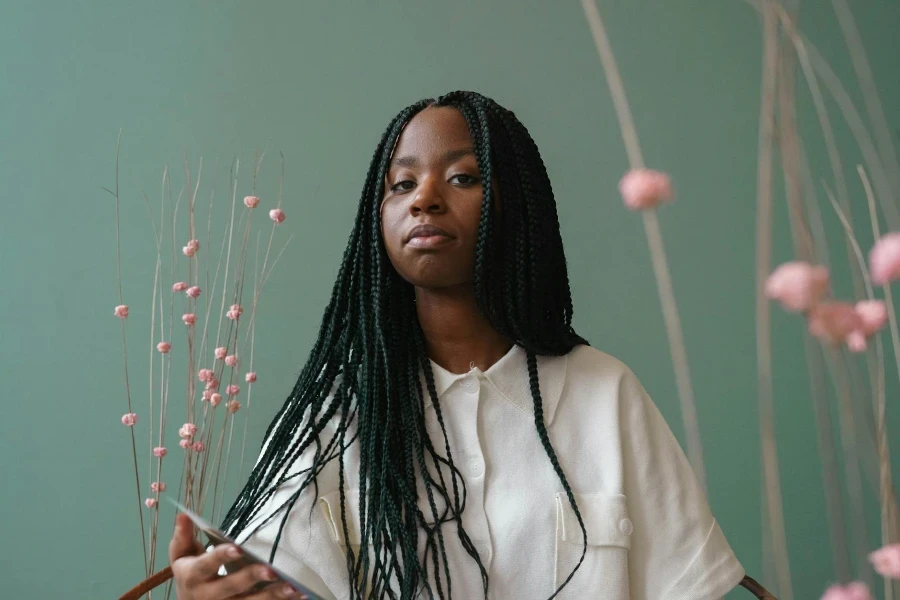
Styling braids in apparel and accessories requires a balance between showcasing the intricacy of the braid and maintaining the overall harmony of the outfit. For a subtle incorporation of braids, consider braided trims on sleeves, hemlines, or along the neckline of garments. This adds texture and interest without overwhelming the piece.
For those looking to make a bolder statement, a braided belt or a bag featuring a prominent braided design can serve as the focal point of an outfit. Pair these accessories with simple, understated clothing to allow the braided details to stand out.
Incorporating braided fabric into clothing, such as a braided panel on a dress or a braided neckline on a blouse, offers a unique way to integrate this trend. These elements add a touch of artisanal craftsmanship to the garment, elevating it from the ordinary. When styling braided apparel, keep the rest of the outfit simple to avoid visual clutter, allowing the braided details to shine.
Conclusion:
Braids, with their rich history and versatile appeal, have firmly established themselves as a beloved trend in the fashion world. From simple three-strand braids to complex fishtail and Dutch braids, the variety of styles offers endless possibilities for creativity and expression in apparel and accessories. As braids continue to grow in popularity, they serve as a testament to the enduring allure of woven textures and the intricate beauty of handcrafted details in fashion. Whether subtly integrated or boldly showcased, braids add a unique, tactile dimension to any ensemble, blending tradition and modernity in the ever-evolving landscape of apparel.
